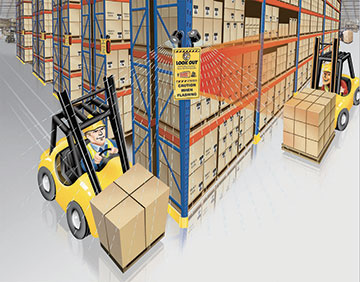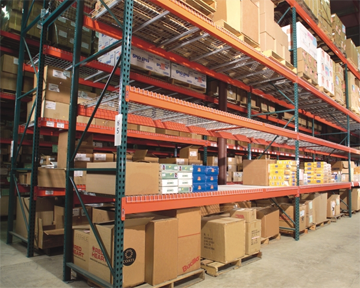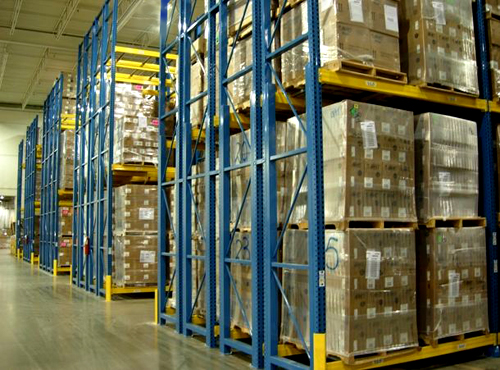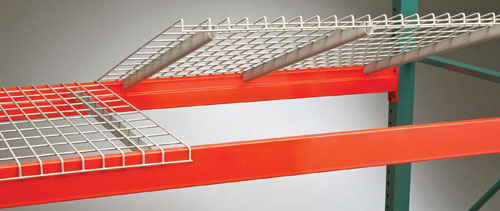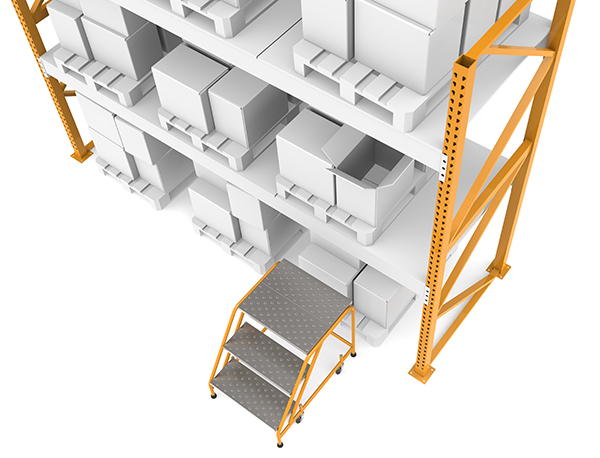
Studies indicate that order pickers spend too much time walking. Distribution center employees routinely spend more than half their day walking, not picking orders, packing orders, or replenishing stock. They’re going from point to point, burning man hours getting where they need to be, not working. And that’s the average — for really poorly designed operations, it’s worse.
As they tire, workers pick slower, pick less accurately, and work more dangerously — almost a zombie like situation! Every bad thing that can happen in a warehouse operation is amplified, the more time employees spend walking.
Check out our most recent Info-graphic, “Walking is the Walking Death of Order Picking Productivity” for more information on ways you can combat this issue.
More information:




